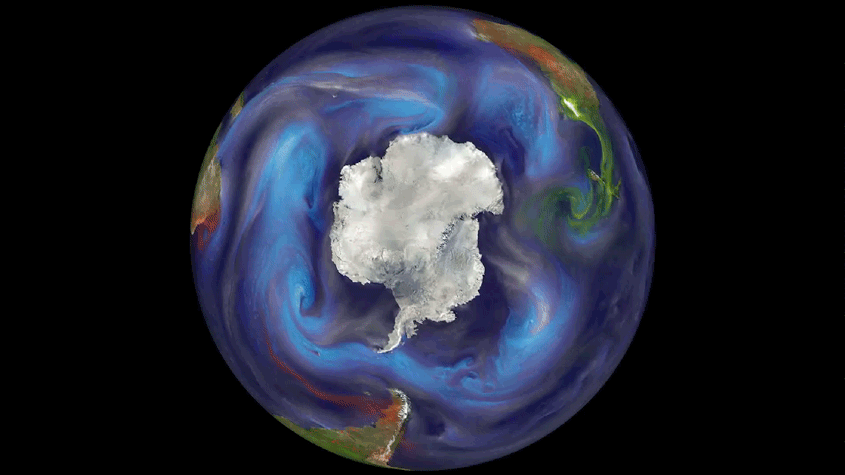Last week was a big one for me and my outreach/public engagement work. Back in the summer the British Ecological Society asked me if I would like to speak at a side event for Northern Ireland’s Science Festival, as part of the Dippy on tour schedule at Ulster Museum (Dippy being the Diplodocus dinosaur that normally lives in the Natural History Museum). I agreed, and immediately felt out of my depth! This would be my first event with a paying audience….I needed to give them their £3 worth dammit!
Women in Ecology Webinar
But before that, literally the day before that, I had also to give my first online lecture. I was invited by Joel Ralston at Saint Mary’s College, Notre Dame in the US to give a lecture on climate change as part of his fabulous Women in Ecology webinar series. Firstly, it struck me that this is a great way of exposing students to a mix of research, and researchers from under-represented genders and minorities. I’ve since been suggesting it to faculty at the University of Birmingham. As much as some departments strive, in house parity is a slow process but online lectures and seminars can help close the gap in places that don’t have that representation yet. So I was all in!
"this is a great way of exposing students to a mix of research, and researchers from under-represented genders and minorities"...

My lecture was called ‘Aliens in Antarctica: Invasions in a warming world’, and was a nice topic to write on. I was able to discuss more of the processes that cause change in Antarctica, largely the imbalance of the cirumpolar vortex that allows warm winds from the north. Finally put some of that masters from a geography department to use! I also covered species different to my pesky midge, which was a nice change. But of course, Eretmoptera murphyi is such a nice example of an invasive species that I had to use it as a case study. The whole presentation was recorded and I will link to it when it is online, but for now you can access the whole lecture here in the 'Education' section.
Ulster Museum - Dippy in Depth
Next up, the Dippy in Depth lecture series in Belfast. The organisers for the NI Sci Fest had put on this lecture series to examine human impact on the planet, and ways in which we may be causing our own extinction. Once again I took this question on via my research on invasive species and climate change, with my talk ‘When Aliens Attack….Antarctica’ – a slightly hammer horror themed lecture on how humans are aliens in Antarctica too and thus are the main vector for introducing alien species in what is the planets last great wilderness. Despite my nerves meaning I clutched the powerpoint remote too hard and kept skipping pages, I think it went well! I did also bribe people with give-aways from the British Antarctic Survey, just to be sure they like it!
"...humans are aliens in Antarctica too..."

Because I apparently felt I didn’t already have enough work that week, I decided to write out postcards from the most tenacious of Antarctica’s invasive species. They wrote home, or sent threatening letters to native organisms, depending on the species! The postcards served as raffle tickets for the give-aways, as well as being an educational tool and a pretty picture of Antarctica to take home too of course. It was a lot of work, I wrote 80 of them by hand! But I think may be something worth exploring for future outreach. Also with me was 15kg of polar clothing and gear, loaned to me by the British Antarctic Survey. They regularly use kit as a public engagement tool, and here I used to it both as a fancy dress bag for the audience members (and speakers too!), but also to emphasise my point about humans being aliens too – we don’t have the adapted physiology to deal with the extremes of Antarctica, so need down filled coats and clown sized padded boots to survive outdoors there.
I covered how animals that can survive in this harsh environment do so, largely with help from this video (as my water didn't supercool properly so I couldn't do it in person). By supercooling their internal fluids, through a range of biochemical mechanisms, insects like the native midge Belgica antarctica and the alien midge Eretmoptera murphyi, can survive temperatures as low as -19 degrees Celsius....without a coat. Humans are utter physiological Luddites by comparison! This video clip show how by making water pure, and removing all ice nucleators, it can still be liquid even at -20 degrees Celsius through the same supercooling processes. But as soon as it comes in contact with a nucleator (i.e. a plate), voila! Ice!

I was speaking alongside Dr Tamsin Mathers, a volcanologist from Oxford; Ryan Murray, a geoengineer from Arup; and Prof. Jeremy Pritchard who is actually my internal supervisor at the University of Birmingham. Neither of us knew the other was speaking as we had been invited through separate means! Surprise! He spoke about how plants are still adapting to being on dry land, having evolved from algae, and what this means for their response to changing temperatures and CO2 levels. Everyone did such a great job, and I managed to not swear or fall over, so all in I think we provided good value for money! Thanks for having me Belfast :-)

You can find both these talks as powerpoint files on the Media and Outreach page, under 'Education'.
